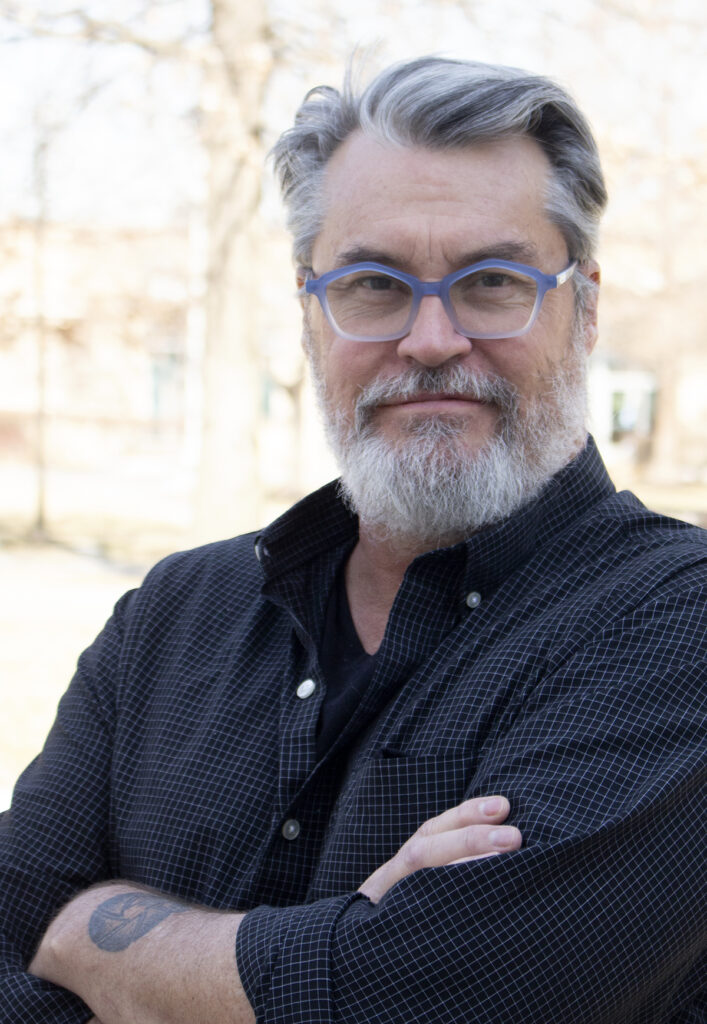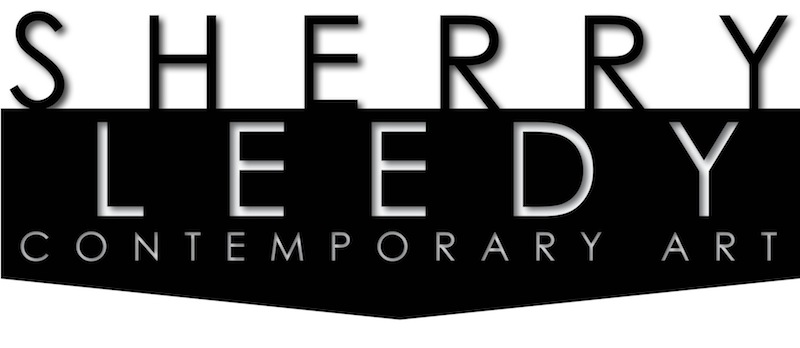Barry Anderson
MORE DETAILS
Barry Anderson
In 1893, Belgian artist Henry de Groux painted The Great Upheaval, perhaps a tumultuous and confused condemnation of industrialization. In it, men and women are seen in states of disarray and upheaval, seemingly setting off into some unknown exile or exodus. The painting’s composition reveals no guiding light or direction and demotes an aimless and uncertain fate for its inhabitants. The obvious turmoil has an open-ended narrative – Is it the destruction of and mourning for a former reality, or a depiction of the potential of reconstruction denoting renewed hope?
I am interested in crafting images and experiences that hover in temporal and perceptual equilibrium, that balance the micro and macro, the natural and technological, the real and the imaginary. I am also interested in investigating and expanding methods and processes that interact with an aggregate cultural image stream.
These newest works are an offshoot of my ongoing series, Fragments of Space, in which 3D rendering and animation is utilized to create pictorial images of fabricated, non-utilitarian architectural spaces that exist in a balance of openness and claustrophobia. The work was a direct reaction to the pandemic lock-downs and my emotional perception of a new sense of space.
In Polychrome Rift, the works begin with a similar process and intent but are then blended using AI tools to achieve even more nonsensical, almost alien spaces. This method also involves a sense of chance that I am especially intrigued by. Through this process, the works become less pictorial and more about the surface of the images and objects.
The final works are produced as CNC-cut pigment prints on DiBond. For me, this highly fabricated feel enhances both the process and conceptual underpinnings of utilizing AI technology. It also asks the viewer to focus on both the object and the image and to push past any pictorial expectations.
The image content in these works begin as extensions of my sensibilities as a photographer, which is my underlying history as an artist. The initial renders, and many of the images used in the AI blending process, are highly photographic in nature, sometimes actual photographs but often photo-realistic 3D renders. However, the results after being filtered through AI have much more of a relation to abstract painting, both in scale and initial visual impact. On closer inspection, remnants of the photo-realistic elements do exist within details in the works. This process and result further relate to my interest in achieving a balancing act with the elements in my works.
-Barry Anderson
Barry Anderson works in video, photography, sound, and installation. His work has been featured in over 50 solo exhibitions and over 100 group exhibitions around the US and abroad. His work is also included in museums and numerous public and private collections around the country including the Everson Museum of Art, the Kemper Museum of Contemporary Art and the Nerman Museum of Contemporary Art. His current projects are Fragments of Space, a series of videos and prints exploring psychological space in abstract form and content, and Lucite Plains, a music and performance collaboration with Ricky Allman.

